A company called World View announced their entry into space tourism, offering passengers a balloon ride into space! Well – to 100,000 feet.
In April 2001 Dennis Tito, an LA-based millionaire, hitched a ride to Russia’s Mir space station. Some argue that he wasn’t the first space tourist, because other “civilians” got sponsored rides there. But he appears to be the first to actually pay for the ride himself. Space tourism was off to a slow start, but it was a start, nonetheless.
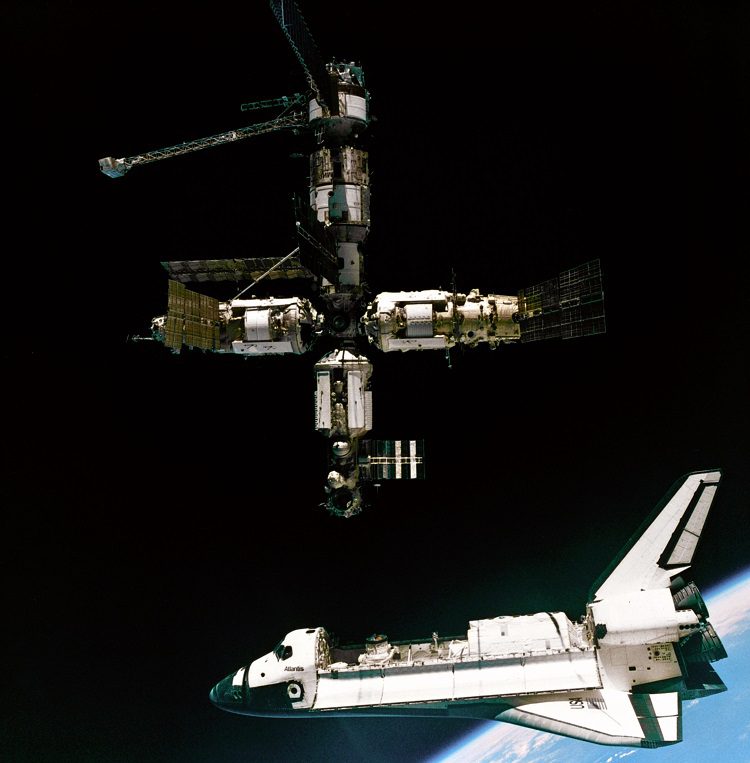
More recently, we’ve seen Branson’s Virgin Galactic and Bezos’ Blue Origin send their own vehicles up there. Or most of the way there, for Virgin Galactic – if we’re nitpicking, and some certainly are. But if suborbital isn’t good enough for you, there’s Space-X and their orbital vehicle. Or, if you don’t care for the zero-gravity experience, World View now has a balloon ride for you!
The company has been around since 2012. World View Enterprises Inc. has its headquarters in Tucson, Arizona. It started its operations aiming to build uncrewed helium balloon vehicles. They can stay in the stratosphere for long periods, for weather observation, communications and other roles. The idea of a balloon ride came in 2015 when World View announced Voyager, a human spaceflight experience.
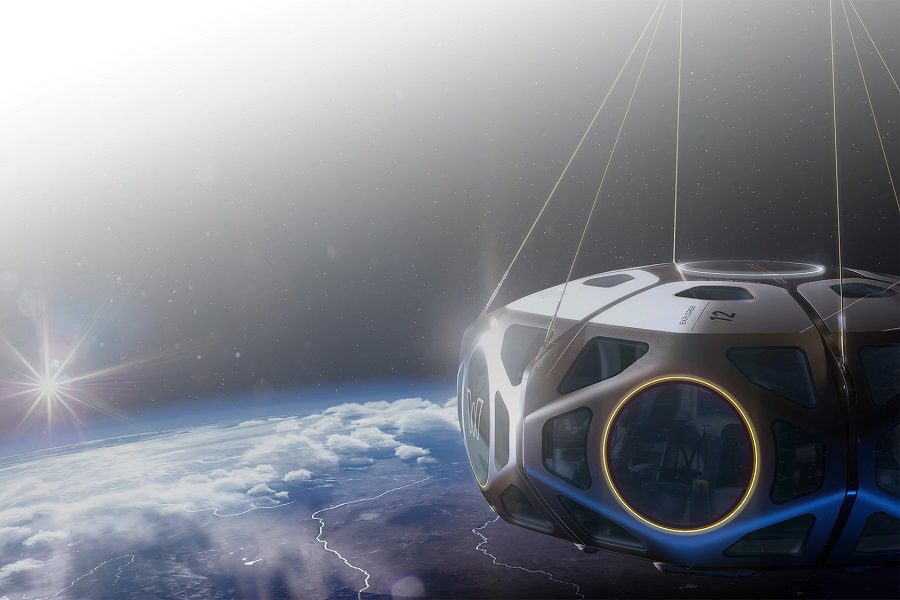
World View calls its current balloon ride concept the Explorer-class. These flights will have eight passengers (up from six), and two crew; a pilot and a concierge. The roughly circular cabin will have seats and room for everyone to walk around, to look in every direction.
A Rocketing Thrill Versus Taking Your Time…
Flights will take place in several different locations, allowing passengers to see different sights. Compared to a sub-orbital ride, World View passengers have several advantages. Perhaps the main one is time. These rides will last 10-12 hours! The ascent will take two, the descent one and the rest will all be at 100,000 feet – or slightly higher.
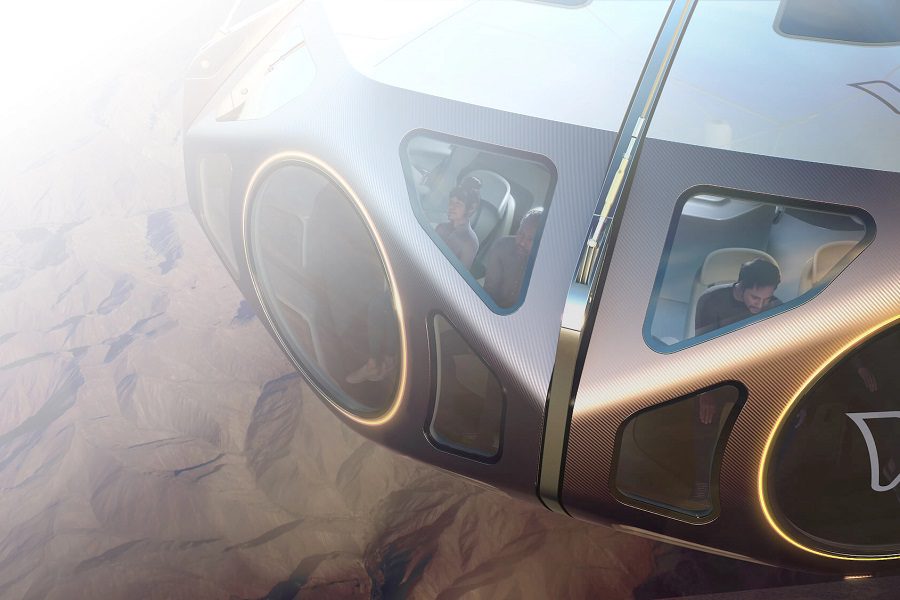
Passengers will be able to see the curvature of the earth, the deep blue/black of space, and stars. Those flying from a site in Norway will be able to see the northern lights, at night. Other sites (and sights) will include Giza in Egypt, the Grand Canyon in the US, Australia’s Great Barrier Reef, The Great Wall of China and Serengeti in Kenya.
World View also promises to keep its balloon ride guests connected to their friends and family. In terms of safety, World View describes the balloon it will use for its rides as a zero-pressure system. This means that the pressure of the helium in the balloon is comparable to the air pressure outside. And this means that the effects of a tear in the balloon would not be catastrophic.
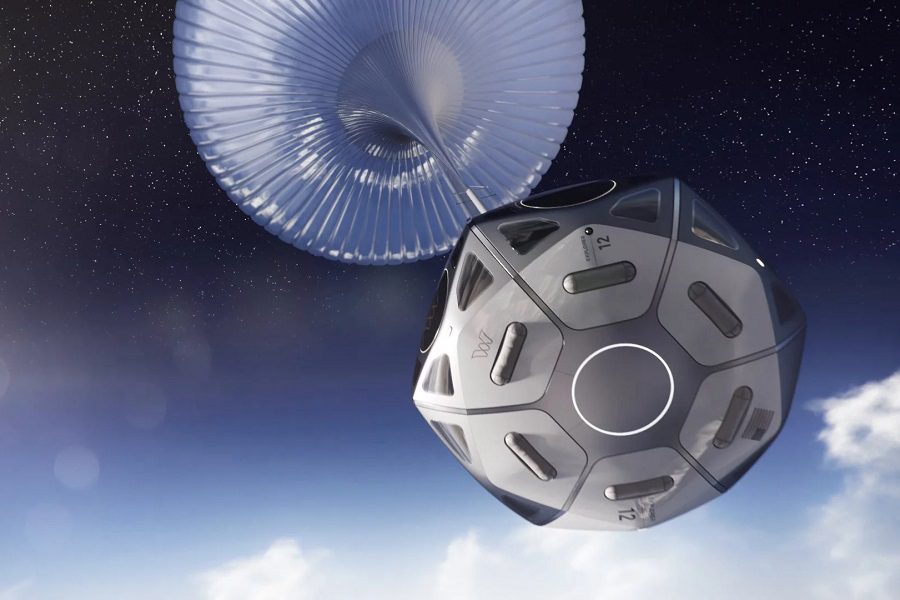
Since this will be a long balloon ride, World View passengers will have dining options and a bar. Telescopes will allow them a closer look at key features. And of course, their capsule will have a restroom. When the time comes to land, the capsule will descend using a parafoil. It will then touch down on airbags.
World View Balloon Ride – Some Downsides
Of course, there are a couple of negatives when comparing the World View balloon ride to other space tourism flavours. Firstly, the vehicle doesn’t really reach space. At the most, it will get to 105,000 feet, so about a third of the way to the Karman line (100 km). To be fair, the Virgin Galactic flight didn’t get as high as that, either.
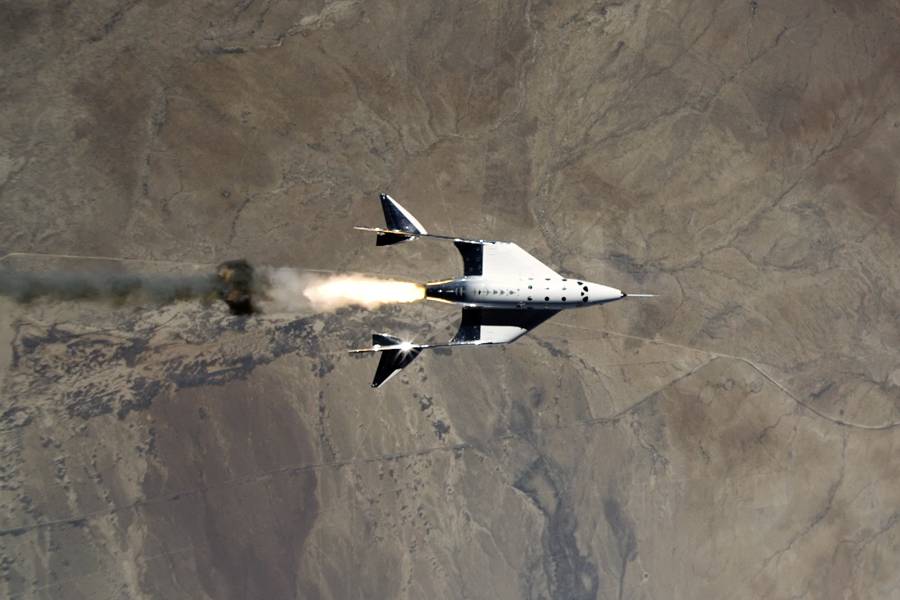
Of course, the flight will get high enough to be seriously impressive. But the other issue with the World View balloon ride is that the passengers’ feet will stay firmly on the ground. No zero-g experience is possible here. Again, to be fair… the zero-gravity time that passengers of suborbital flights have, unrestricted by seatbelts, is quite limited.
World View have a partnership with Zero-G, a company offering ‘microgravity’ parabolic flights. So its passengers get discounts if they want to combine their balloon ride with such an experience. Still, the inability to float in space will disappoint some.
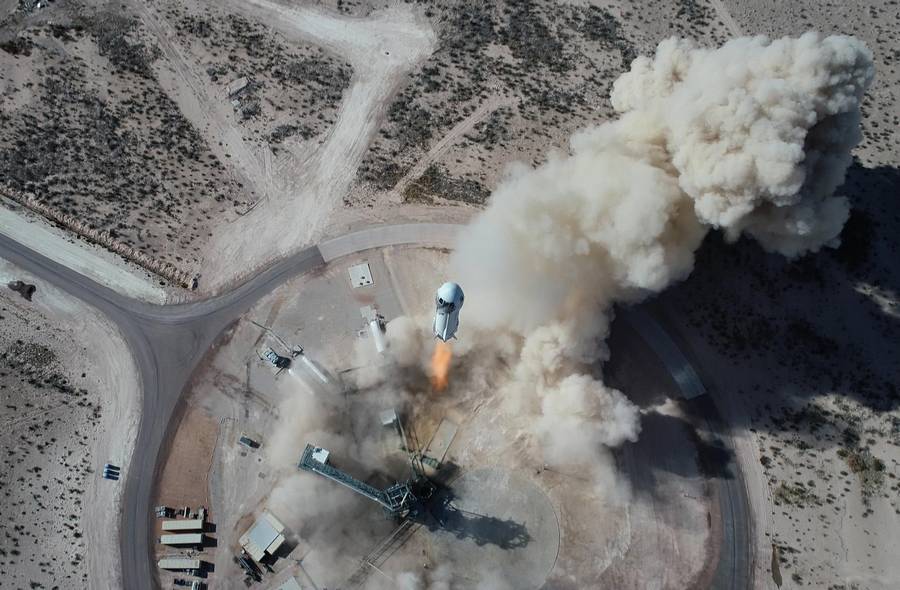
And finally, the last difference here is the price. Virgin Galactic will reportedly charge around $250,000. Blue Origin hasn’t announced a price recently; the last time they did, it was around the $200,000 mark. By contrast, a 5-day-long World View experience, including the balloon ride itself, will cost $50,000, says the company. So there’s plenty of change for some Zero-G rides on a porpoising Airbus, if you need that experience, too!
As we saw, analysts estimate the size of the space tourism market at $3 billion. It’s hard to imagine how prospective customers will choose between these experiences. But World View will hope that some will prefer a [somewhat] tranquil and more affordable (?) balloon ride.




1 comment
Keziah Fringeli
How long does it take to go up, to go down and how long do you stay up there. Also, 50’000 per person or per group because we are 6.